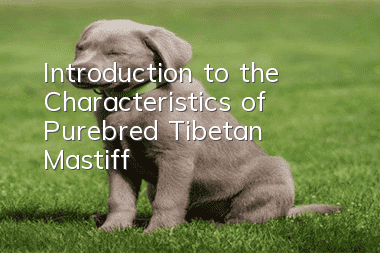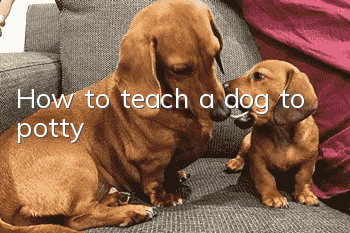Introduction to the Characteristics of Purebred Tibetan Mastiff

Coat color
The coat of the Tibetan Mastiff is black, brown and blue-grey, with or without rust-colored patches, and can also have various golden gradient colors. Rust-colored patches can transition from very heavy colors to light colors. The white color on the chest and feet is acceptable. Rust-colored patches can appear in the following areas: above the eyes, around the eyes, on both sides of the mouth and nose, and on the throat. , the upper and lower parts of the front and rear sides of the front legs, the inside of the hind legs from the front of the leg joint to the front of the hind legs from the leg meat to the toes, and the underside of the buttocks and tail. The inner hair and the underside of the rump and tail can be light tones of the main color, or gray and rust if you have a black and rust colored dog. Other colors such as black, brindle, white in other areas or large whites are faulty. All other colors are faulty even if accepted.
Head
The head of the Tibetan Mastiff is broad, heavy and strong. Mature dogs have wrinkles from the top of the eyes to the corners of the mouth. A dignified and stern head and expression are the standard for Tibetan Mastiffs.
Neck
Tibetan Mastiff’s neck has good muscles, medium curvature and medium dewlap, especially the male dog’s neck will be covered with thick upright mane.
Teeth
The structural arrangement of the Tibetan Mastiff's teeth reflects the impact of biological evolution on carnivores. It is suitable for fighting, biting and crushing animal bones. It is the so-called "interlaced canine teeth" and is arranged in a scissor shape. The third molars are arranged laterally, which is particularly useful for chopping large pieces of animal meat and denser bones for easier swallowing. The canine teeth of the Tibetan Mastiff are particularly developed, like daggers, which are very convenient for biting prey and fighting. The upper and lower jaws of Zangfan are extremely developed, and the maximum bite force can reach 300 kilograms, which is enough to break the bones of livestock on the grassland. Due to the harsh living environment and food shortage on the plateau, Tibetan Mastiffs have developed the characteristics of rough eating and voracious eating in the long-term competition for survival. The teeth are hard and the tooth peaks are sharp, which is very conducive to the Tibetan Mastiff's feeding habits.
Folding front drive
Forequarters of Tibetan Mastiff: shoulders are flat, with well-developed backbone muscles. The front legs are straight and strong, sloping slightly inward when upright. Body: Stout, with a straight, broad back, well-muscled, and a slight squat overall. The chest hangs lower than the upper elbow. Body length slightly longer than height. Fore feet: Cat feet, rather large, strong and strong, with hair between the toes. Nails may be black or white. A single daubed toe may be present on the forefoot.
Rear drive
Tibetan Mastiff hindquarters: strong, muscular, and all parts have edges and corners. Viewed from behind, the hind legs and knees are parallel. The hock joint is strong and hangs naturally (about 1/3 of the leg length) perpendicular to the foot. Feet: One or two dewclaws may be present on the hind feet and may be removed after birth. The foot plates are large, symmetrical, and have hair between the toes, resembling feline claws.
Temperament
The Tibetan Mastiff has a noble appearance, is very intelligent, independent, strong-willed, and somewhat conservative. He is cold to strangers and strictly protects his territory. In the ring it can be reserved or lack enthusiasm, but any shyness is unacceptable and must be severely punished as it is inappropriate for a protective breed. On the other hand, due to this grim nature, referees should be careful to add points to their self-expression.
Gait
The Tibetan Mastiff’s gait is powerful, steady and balanced, but also light. If viewed from the side, fetching and galloping should show the maximum use of the dog’s medium angle. The back should be flat and solid, correct and powerful. Movement is more important than speed.
- Introduction to types of dog chew glue
- What to do if your dog is panting and short of breath
- How to clean a kennel
- How to put on a dog leash
- What are the symptoms of puppy fever?
- What to do if a puppy vomits after eating bones
- Detailed explanation of dog bathing steps
- The difference between Basset and Beagle
- Signs of a dog in heat: a male dog fights and a female dog flushes
- Air transport pet dog process



